Southern California Edison (SCE) increases rates 7% across the board (April 2020)

Southern California Edison (SCE), one of California’s big three investor-owned utilities (IOU), is on the brink of implementing significant increases to their bundled electric rates. Next week, on Monday, April 13 , 2020, SCE is scheduled to raise rates by an average of roughly 7%, which will affect all categories …
PG&E implementing new ‘B’ rates on November 1, 2019
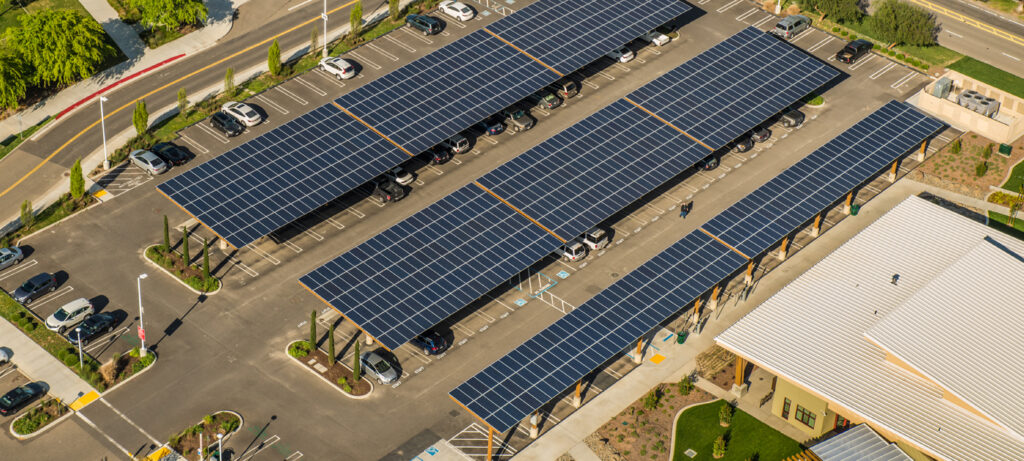
Pacific Gas & Electric is the last of the three main California investor-owned utilities (IOUs) to implement rate changes that are a result of their 2017-2019 General Rate Case (GRC). Every three years the IOUs are required to submit a formal proposal to the California Public Utilities Commission (CPUC) addressing …
We’ve surpassed 50,000 rates in ETB!

The Energy Toolbase platform has hit a big milestone. We have surpassed 50,000 active, global utility rates in our database!
A Guide to Grandfathering Protections for Solar Customers
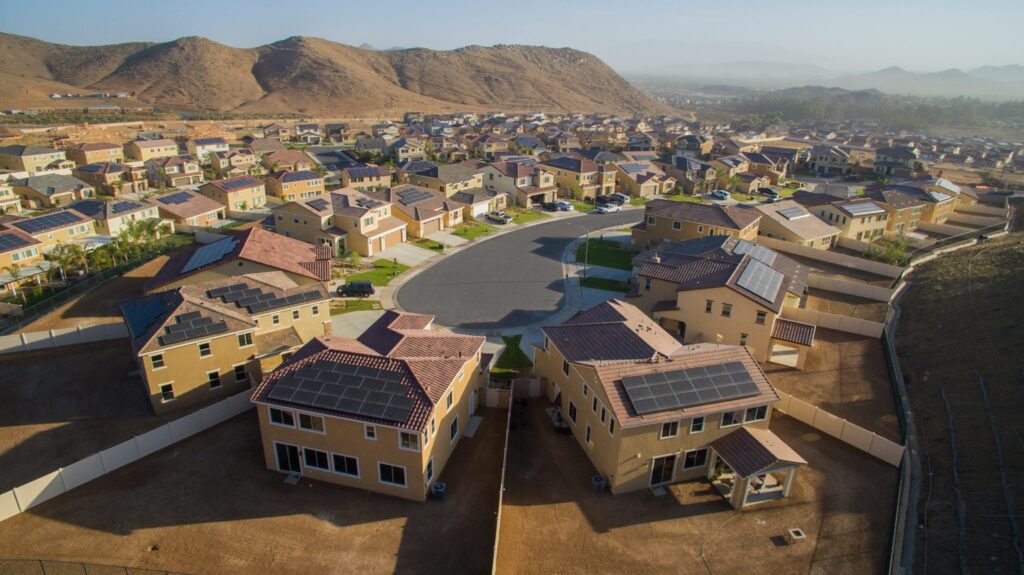
Grandfathering protections for solar customers has become a hot topic over the last few years as utilities around the country have continued to change their rate design structures and Net Energy Metering (NEM) frameworks. In this blog I’m going to discuss all aspects of grandfathering for solar customers, which can …
Using custom rates for modeling solar and energy storage projects
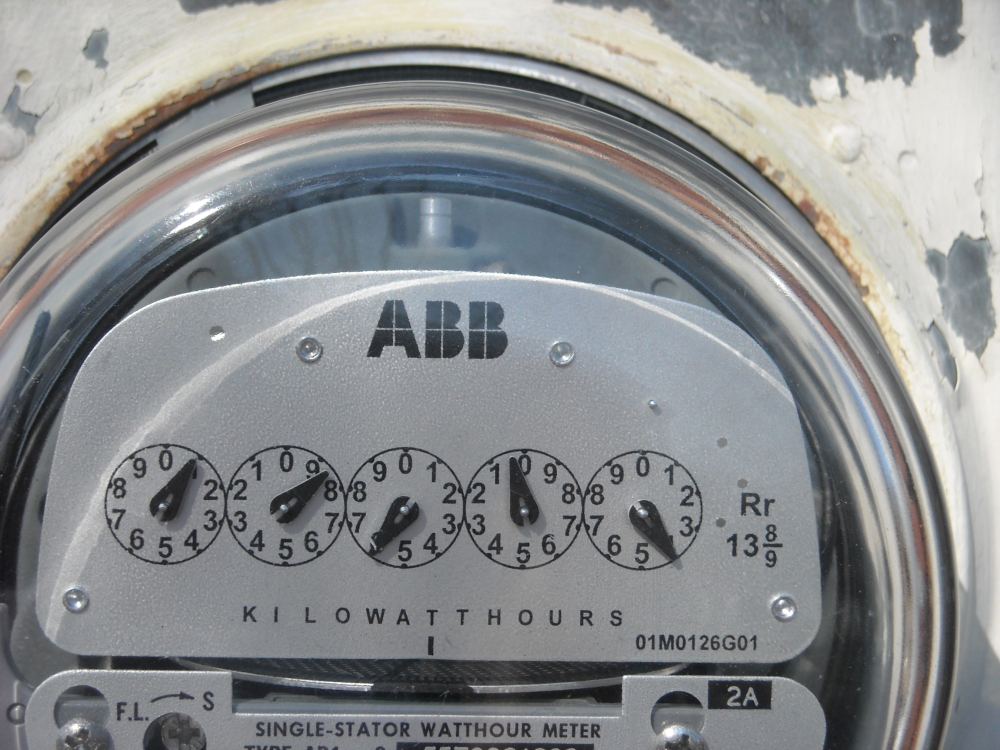
Utility rate structures are one of the biggest factors when analyzing the economics behind solar and energy storage projects. Not all your customers are going to be on the same rate structure. The variances between two customers could be a small as a adding a charge or your customer has …
SCE’s “Final Decision” Rates, Part 2: Commercial Rate Changes
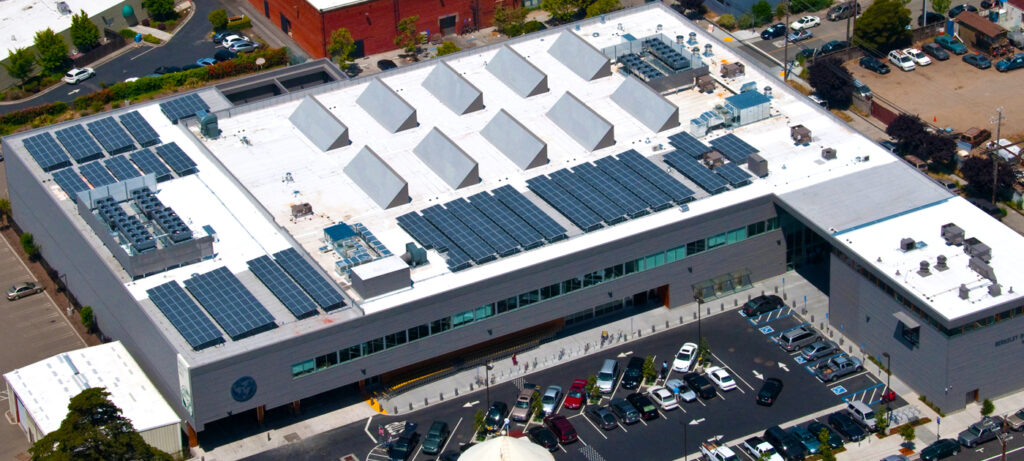
Timing NEW TOU periods (Summer/Winter) Commercial Grandfathering Small Commercial Rates Medium & Large Commercial Rates
SCE’s “Final Decision” Rates, Part 1: Residential Rate Changes
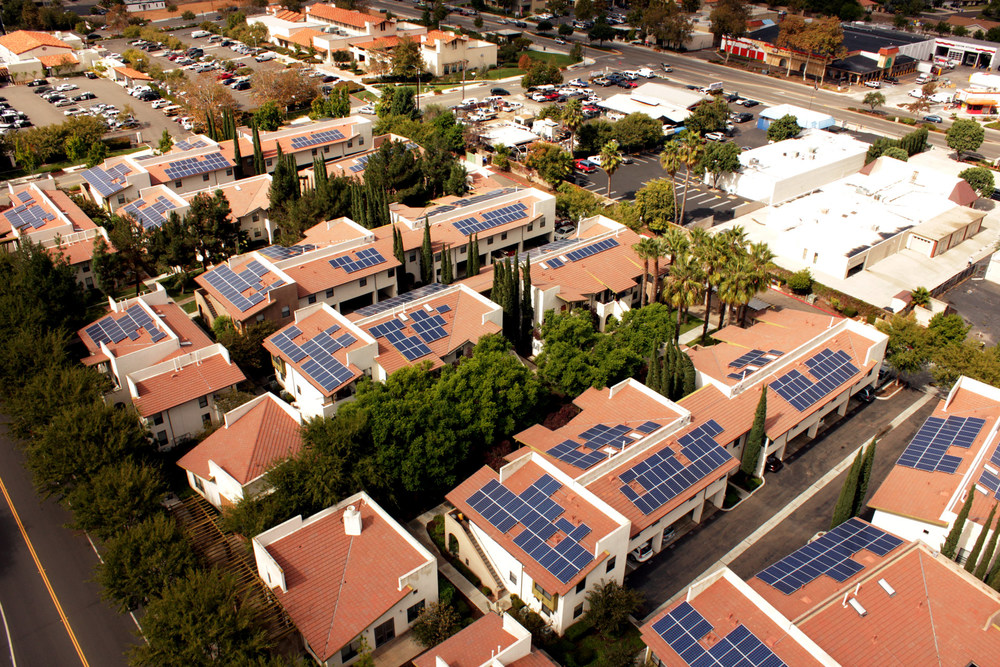
Like the other three big IOU’s (Pacific Gas & Electric and San Diego Gas & Electric) Southern California Edison is in the process of rolling out new rates for its commercial, residential and agriculture customers. These new rates mean some big changes for solar and energy storage projects in that …
PG&E’s “Final Decision” Rates, Part 2: Commercial Rates
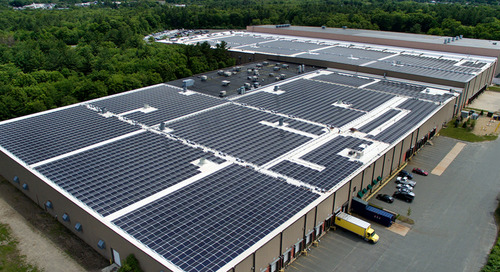
It’s not news to anyone that Pacific Gas & Electric is, and has been, in the process of finalizing new residential, commercial and agriculture rates for nearly three years. Finally, in October of 2019, these “final decision” rates will be implemented and be available on a voluntary basis. While the …
PG&E’s “Final Decision” Rates, Part 1: Residential Rates
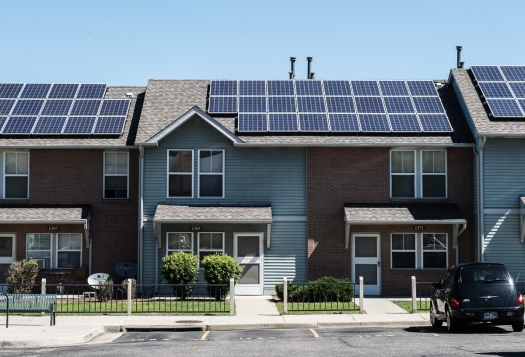
Pacific Gas & Electric (PG&E) has started implementing their new Time-of-use (TOU) rates as part of their 2017 General Rate Case (GRC). In part 1 of this blog we’re going to focus on the key changes PG&E is making to their residential rates, and the implication it has on solar and energy storage project economics. Given that PG&E is the largest utility territory in the United States, with over 5.5 million electric customers served, their rate design changes set an important precedent nationwide.
Keeping up with Energy Toolbase’s extensive utility rates database
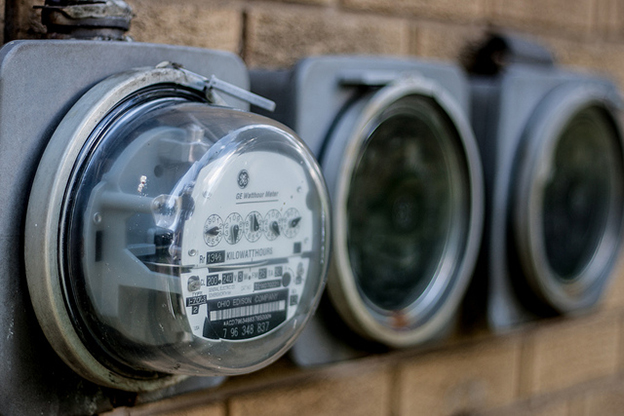
There are a lot of factors that come into play when it comes the economics of a solar and energy storage project. From incentives, to equipment to your location, all of these things play a role in estimating the cost and viability of a project. But one thing that might be at the top of that list is utility rate schedules. They are time consuming to comprehend and always changing. Installers/developers probably know pretty well that you won’t be going through them with a fine-tooth comb. Accurate and transparent rates play a big part in estimating the avoided cost of a project.
TOU Rates & the Effect They Have on The Value of Solar
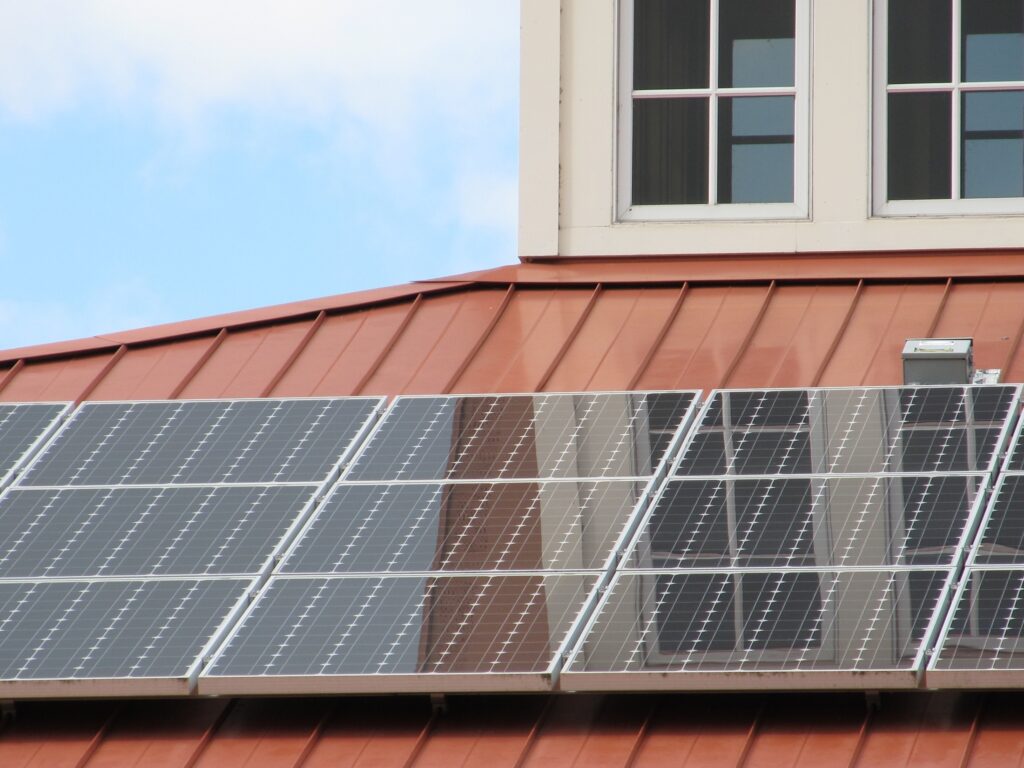
There’s a lot of misinformation floating around on how time-of-use (TOU) rates affect the value of solar. Some solar salespeople insist that TOU rates are great for solar, and that potential customers should always be opting onto them. While others have concluded that TOU rates are bad for the solar value proposition and should be avoided. So who’s right?
Our Utility Rates Team

Meet Energy Toolbase’s utility rates team who track and update rates in over 300 utility territories and all 50 states.
